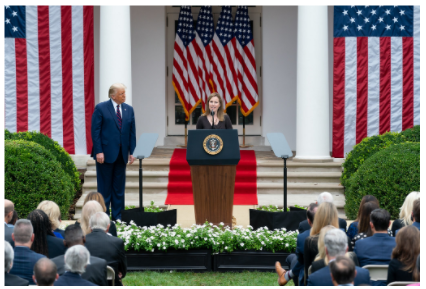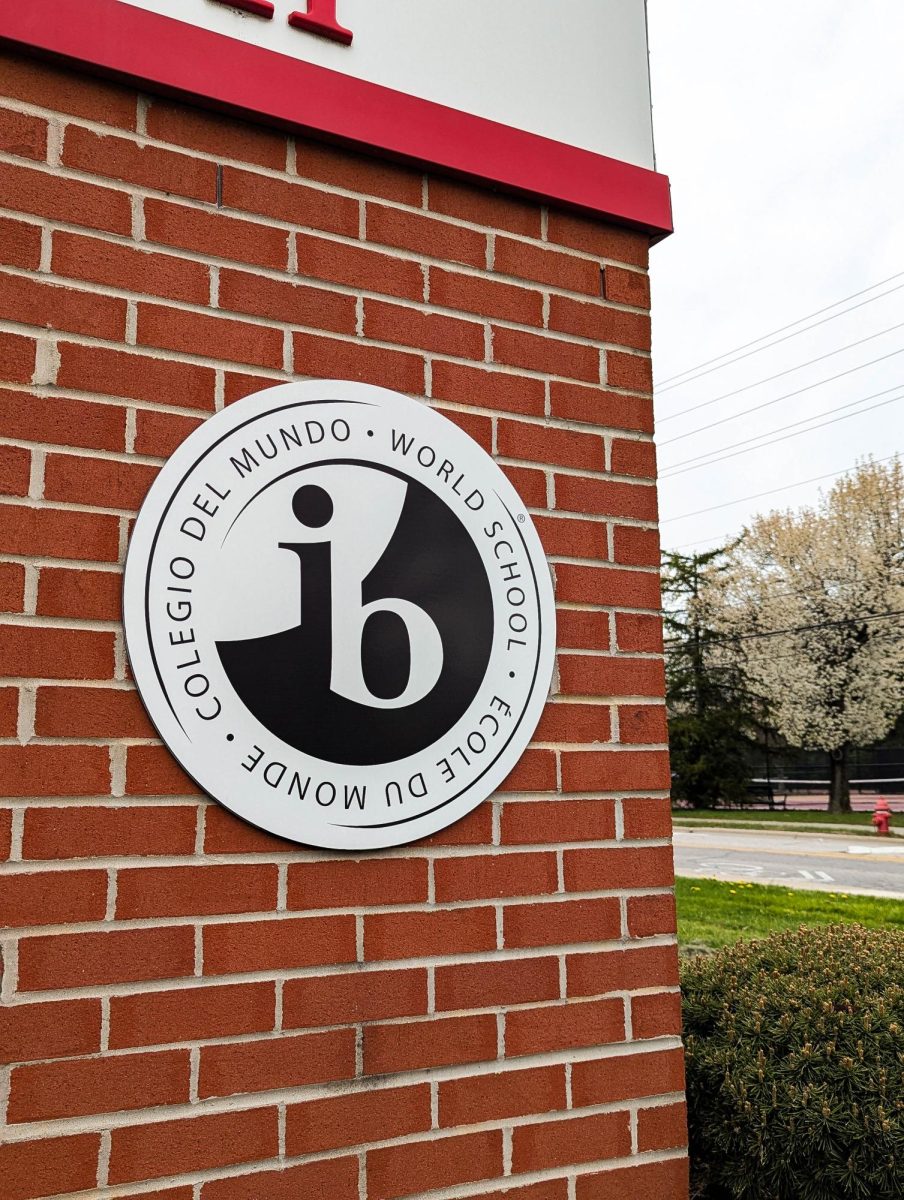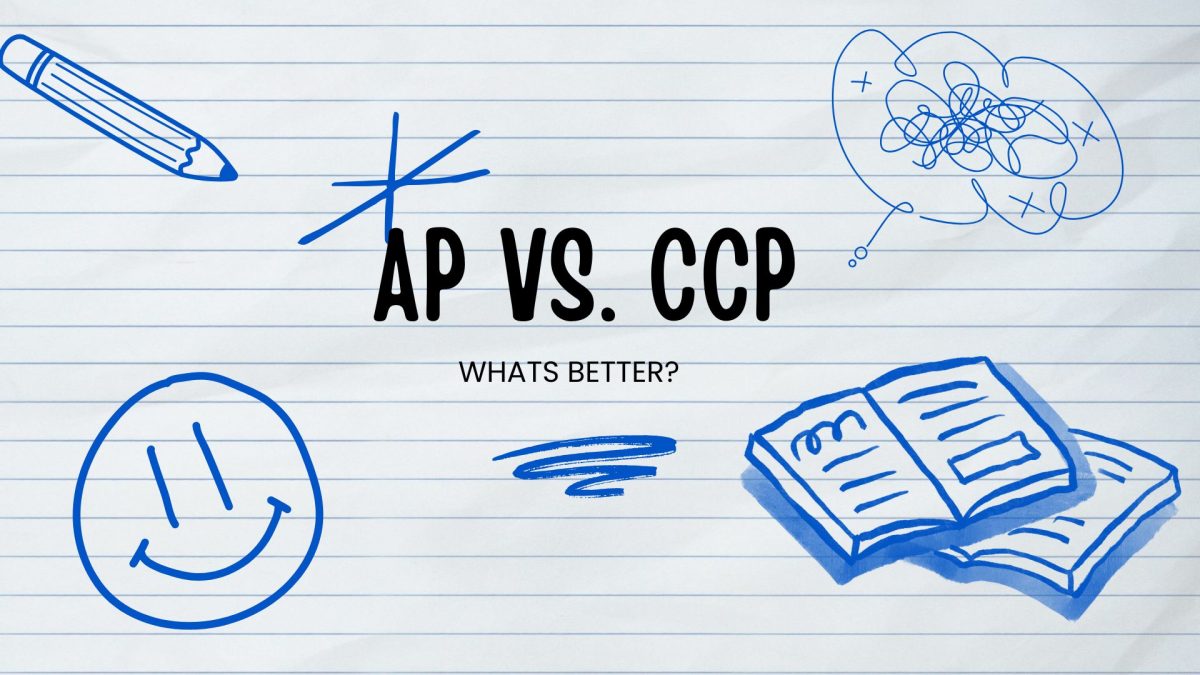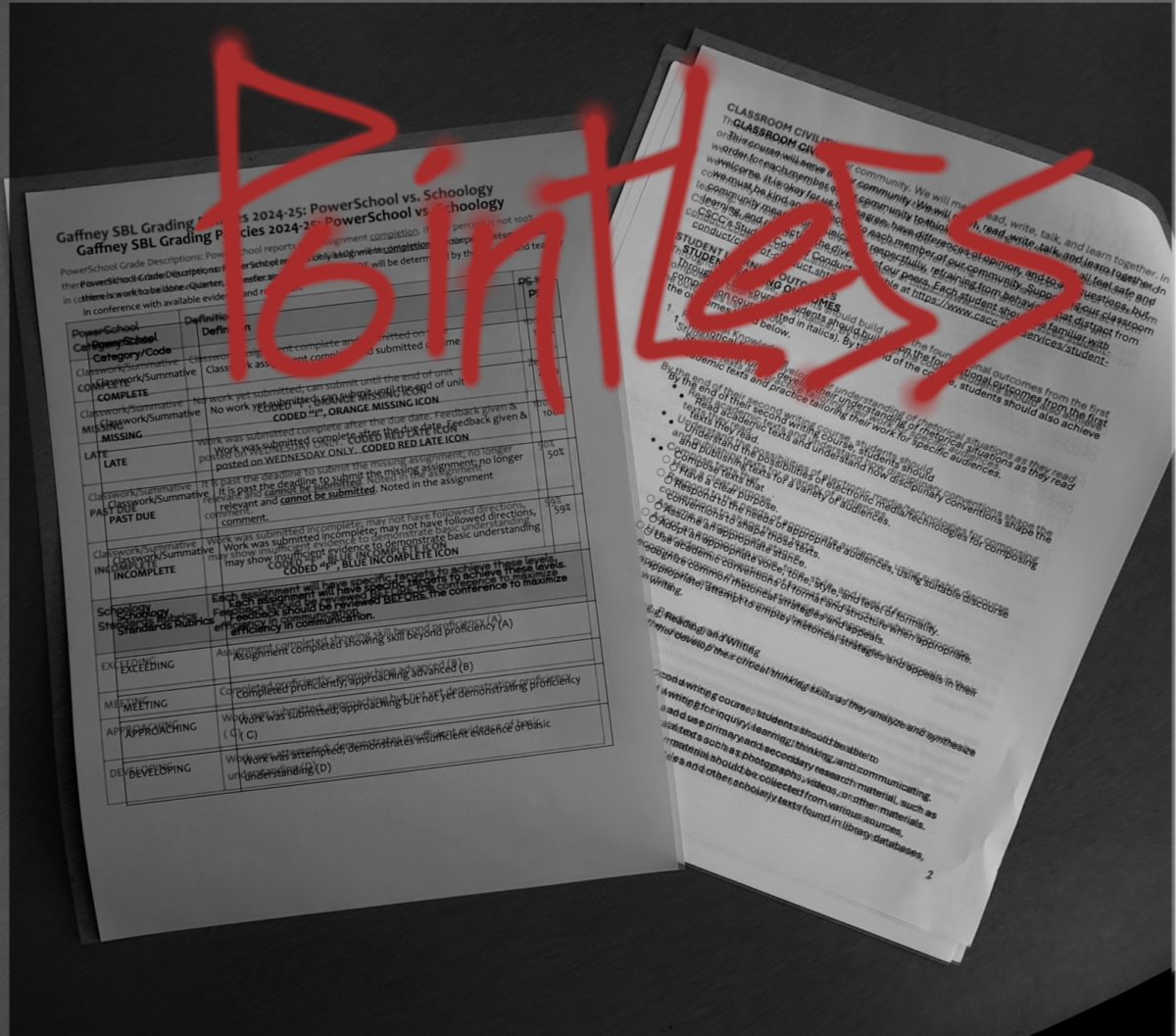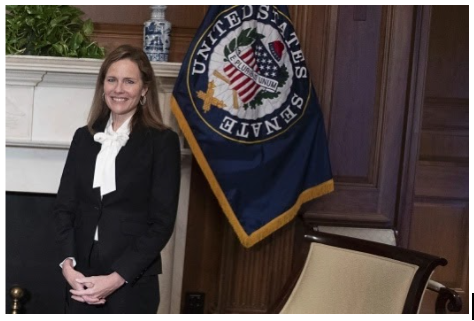The passing of former Supreme Court Justice and advocate for gender equality Ruth Bader Ginsberg left President Trump to find a replacement. His nomination of Amy Coney Barrett was made on Sept. 25, and the decision to continue with her confirmation as Supreme Court Justice was made Oct. 27. Many Americans are debating Barrett’s intentions as well as the appropriateness of the timing of her nomination. Barrett appears to have similar views as Trump. Her ideals appear to be highly conservative, as shown by her prior court decisions involving abortion, gun rights, discrimination and immigration.
Robyn Hilderbrand is a former government teacher from Eastland Fairfield Career Center.
“I think she’s just a torpedo put in there by Donald Trump. Trump wants to put someone in there that will do his bidding for him,” Hilderbrand said.
Barrett’s intentions have also been questioned. Barrett’s views appear to be at odds with many of Ginsberg’s views on the future of the country and other issues.
“If you impose restraints that impede [a woman’s] choice [of abortion], you are disadvantaging her because of her sex,” Ginsburg said according to Time Magazine.
According to NRP, Trump has made it clear in his statements addressing his Supreme Court pick that he would choose a nominee that would overturn the 1973 Roe v. Wade decision that legalized abortion, ultimately taking Ginsberg’s desires in the complete opposite direction.
The timing of the nomination is also in question. The election was imminent, so some people think that the nomination should have waited until after the decision for president was made. This is largely due to the fact that once a Supreme Court justice is appointed, they could potentially serve on the Court for the rest of their lives.
Elizabeth Gegick, a modern world history teacher at North, believes Barrett is qualified for the position but doubts the timing of her nomination.
“I think it would be a true stance and practice of democracy if the nomination process waited until after the election, but there are no rules that mandate waiting,“ Gegick said.
Many people argue that no matter what happens, because of our style of government, the right choice was made. The United States government’s style of checks and balances ensures that the executive branch does not have all the power. They believe that the legislative branch would not have accepted Trump’s nomination if they didn’t think Barrett was qualified.
“It is the duty of the Executive to fulfill a vacancy in the Supreme Court. The legislative branch then has the ability to confirm or deny the nomination. Both actions should be made with the best interest of the United States,” said Jennifer Carlson, a North AP government teacher.
